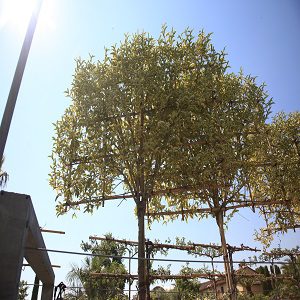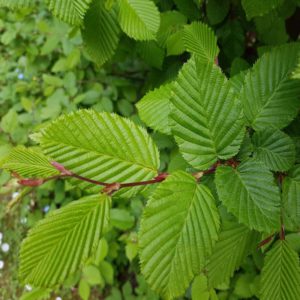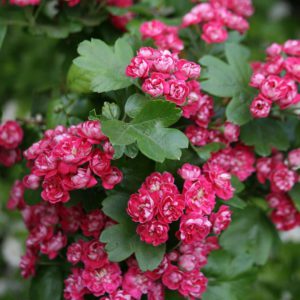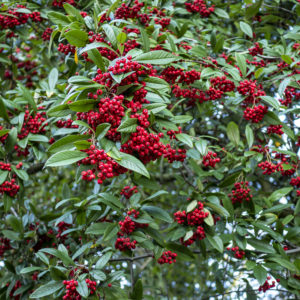Stipa Pony Tails
€8.50
Frequently Bought Together


Description
Quick Facts
- Common Name: Mexican Feather Grass, Ponytails Grass
- Botanical Name: Stipa tenuissima ‘Ponytails’
- Plant Type: Semi-evergreen ornamental grass
- Mature Height: 30-60cm
- Mature Spread: 30-45cm
- Flowering Period: June-September
- Flower Colour: Silvery-white to pale green plumes
- Foliage: Fine, hair-like green leaves
- Hardiness: RHS H4 (hardy in most of UK & Ireland, -5 to -10°C)
- Soil Requirements: Well-drained, tolerates poor soils
- Aspect: Full sun to partial shade
- Maintenance: Low
Description
Like silk ribbons dancing in an eternal breeze, Stipa tenuissima ‘Ponytails’ brings ethereal movement and soft texture to Irish gardens with its incredibly fine, flowing foliage that seems to shimmer with every gentle wind. This enchanting Mexican native creates clouds of delicate beauty that soften hard edges and add romantic charm to contemporary and traditional gardens alike.
The ultra-fine, hair-like leaves form graceful fountains of soft green that catch and reflect light throughout the day, creating an almost luminous quality in borders and containers. From early summer onwards, countless tiny silvery-white flower plumes emerge like gossamer threads, transforming each plant into a shimmering haze that appears to float above the ground.
Named for its distinctive flowing habit that resembles cascading ponytails, this remarkable grass embodies the essence of naturalistic gardening. Its self-seeding nature allows it to weave through plantings naturally, creating spontaneous drifts that soften formal designs whilst its drought tolerance makes it perfect for low-maintenance Irish gardens.
Exceptional for creating textural contrast in mixed borders, ‘Ponytails’ pairs beautifully with bold architectural plants, roses, and Mediterranean herbs. Its compact size makes it ideal for container gardens and small spaces, whilst mass plantings create stunning meadow-like effects that bring movement and life to static landscapes.
Caragh Garden Notebook
Plant in well-drained soil of any type – excellent drainage is essential to prevent winter rot. Thrives in poor, sandy, or gravelly soils and actually performs better in low-fertility conditions. Space plants 30-40cm apart for natural drifts.
Requires full sun for best performance but tolerates light shade. Very drought tolerant once established and requires minimal watering. Avoid rich, moist soils which can cause soft growth and reduced hardiness.
Cut back to 10-15cm in late winter or early spring before new growth begins. Can be left uncut in mild areas for winter interest, but may look untidy. Deadhead regularly if self-seeding is not desired.
Self-seeds readily in suitable conditions Collect seed in autumn for controlled sowing in spring. Divide established clumps in spring, though plants are relatively short-lived (3-4 years typically).
Excellent for adding movement to static plantings and softening hard landscaping. Particularly beautiful when backlit by morning or evening sun. Attractive to beneficial insects and small birds who enjoy the seeds.
Additional information
| Pot Size |
|---|






